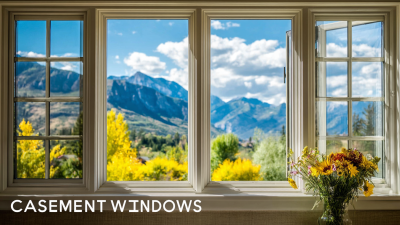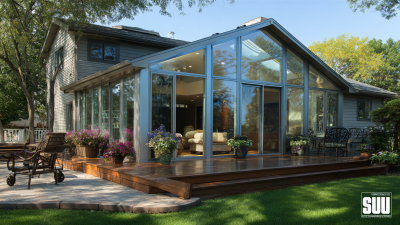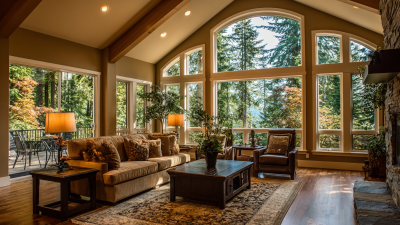When it comes to enhancing your home’s curb appeal and energy efficiency, choosing the right windows is crucial. Casement windows, known for their versatility and ease of use, can be a fantastic addition to any home improvement project. These windows open outward with a crank mechanism, providing excellent ventilation and unobstructed views. However, selecting the best casement windows involves considering a multitude of factors, from material and style to energy ratings and installation techniques. In this guide, we aim to simplify the decision-making process by outlining the essential aspects you need to consider when choosing casement windows. Whether you are renovating your home or building from scratch, understanding these elements will help you make an informed choice that balances aesthetics, functionality, and energy efficiency, ultimately leading to a more comfortable living space.
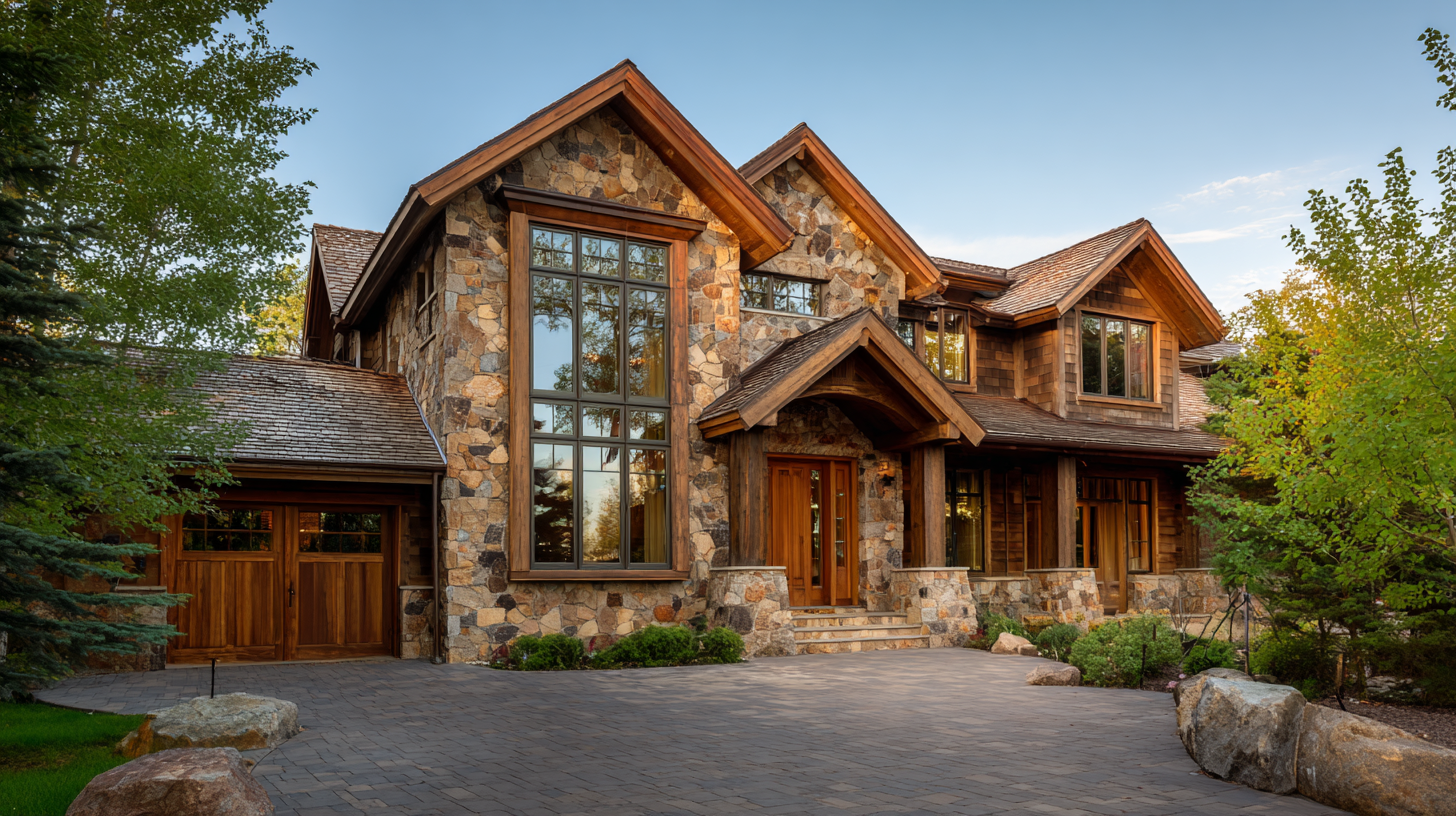
Casement windows are a popular choice for homeowners looking to enhance both aesthetics and functionality in their living spaces. One of the primary benefits of casement windows is their exceptional ventilation capabilities. Unlike traditional double-hung windows, casement windows are hinged at the side and open outward, allowing for maximum airflow. This design not only helps to cool down your home during warmer months but also promotes better air circulation throughout the year.
Another significant advantage is the energy efficiency that casement windows can provide. They create a tighter seal when closed compared to other window types, reducing drafts and heat loss. This characteristic can lead to lower energy bills and a more comfortable indoor environment. Additionally, modern casement windows often come equipped with advanced materials and technologies that enhance their durability and insulating properties, making them an excellent long-term investment for any home improvement project.
When selecting casement windows for your home improvement project, evaluating the durability of different materials is crucial. Common materials include wood, vinyl, and aluminum, each offering unique benefits. Wood windows provide a classic aesthetic and excellent insulation but require regular maintenance to prevent rot and warping. It's essential to choose a high-quality wood option and consider finishes that enhance durability against the elements.
Vinyl casement windows, on the other hand, are increasing in popularity due to their resistance to fading, peeling, and cracking. They require minimal maintenance and are energy-efficient, making them an excellent choice for homeowners seeking durability with ease of upkeep. Additionally, vinyl is often less expensive than wood, allowing you to achieve a stylish look without breaking the bank.
Aluminum windows offer another practical solution, known for their strength and resilience. They are resistant to extreme weather conditions and corrosion, making them ideal for coastal or harsh environments. However, aluminum can conduct heat, so selecting thermally broken frames can enhance energy efficiency. Each material has its advantages, and understanding their durability will guide you in making an informed decision that best suits your home.
When selecting casement windows for your home improvement project, understanding energy efficiency ratings is crucial. These ratings indicate how well a window can resist heat transfer, which directly impacts your home's energy consumption. Look for the National Fenestration Rating Council (NFRC) label, which provides essential details like U-factor, Solar Heat Gain Coefficient (SHGC), and Visible Transmittance (VT). A lower U-factor means better insulation, while a balanced SHGC can help manage solar heat, keeping your home cool in summer and warm in winter.
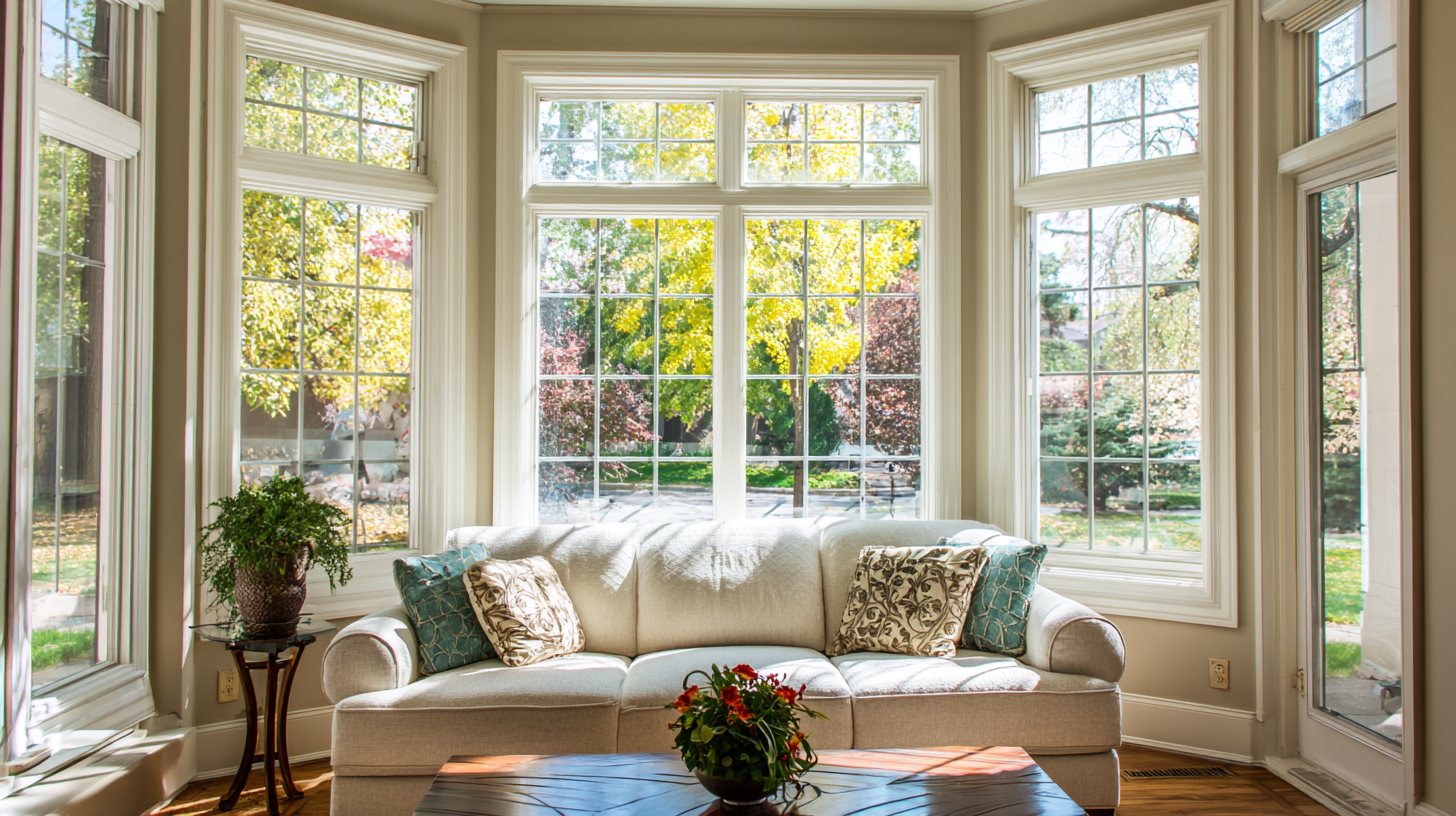
Another important aspect is the Energy Star certification, which signifies that a window meets stringent energy efficiency guidelines. Choosing windows with these ratings not only helps reduce your energy bills but also contributes to a more comfortable living environment. Different climates necessitate specific window features; for example, windows with a low SHGC are ideal for sunny areas, while those in cooler climates may benefit from higher VT to let in more light. By prioritizing energy efficiency ratings, you can enhance your home’s performance and sustainability through your casement window selections.
When selecting casement windows for your home improvement project, it's crucial to consider how their style and design will complement your home's aesthetic. According to a report by the American Institute of Architects, windows have a significant impact on the overall appearance of a home, making up as much as 15% of the façade. Therefore, choosing the right style is essential to ensure cohesion and appeal.
For a classic look, traditional casement windows made from wood can enhance the charm of older homes, while aluminum and vinyl options lend a contemporary feel to modern designs. Additionally, consider the color and hardware; darker frames can add sophistication, while lighter colors may evoke a more airy and open atmosphere. Research indicates that homes with well-matched window designs can increase property value by up to 10%.
Tips: When assessing casement window styles, visualize how they fit in with existing architectural elements. Consider integrating grid patterns in the glass to echo design features within your home. Furthermore, don’t overlook energy efficiency; windows with a high energy rating not only contribute to aesthetics but can reduce energy costs by up to 30%, enhancing the overall functionality of your home.
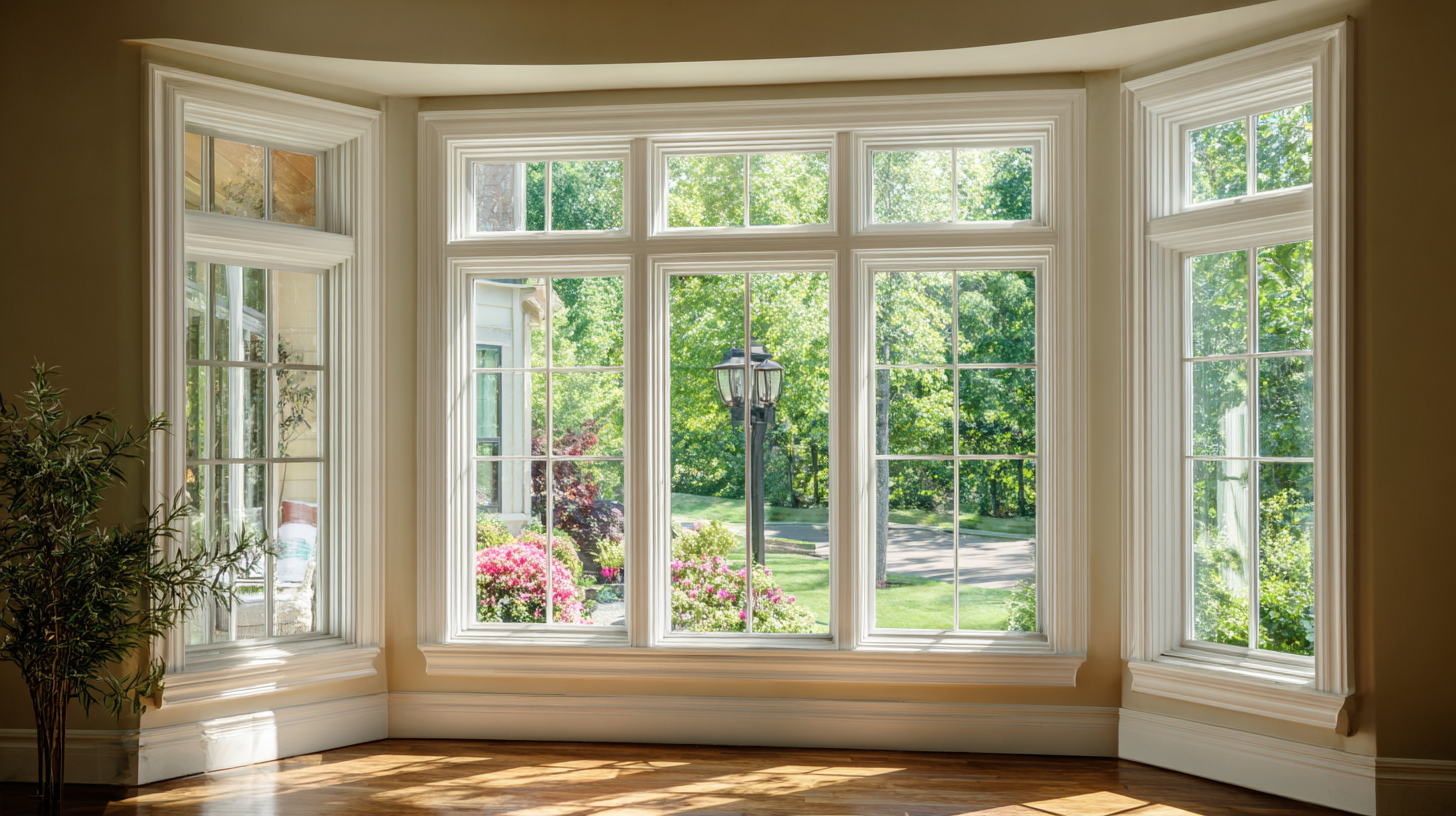
When selecting casement windows for your home improvement project, installation and maintenance are critical for ensuring durability. According to the American Architectural Manufacturers Association, properly installed casement windows can enhance energy efficiency by up to 20%. This type of window typically features a hinged frame, allowing it to open outward and provide excellent ventilation. To ensure a successful installation, it’s essential to follow the manufacturer's guidelines and pay close attention to the window's sealing. Using high-quality caulking and flashing can prevent water intrusion and air leaks, minimizing long-term maintenance costs.
After installation, maintaining your casement windows is vital for their longevity. The National Association of Home Builders recommends regular inspections to identify any signs of wear, such as damaged weatherstripping or hinges. Lubricating the moving parts at least once a year can prevent operational issues and extend the window's lifespan. Additionally, cleaning the glass with non-abrasive solutions preserves clarity and reduces the risk of permanent stains. Following these maintenance tips can ensure that your casement windows not only enhance your home's aesthetic but also provide lasting performance and comfort.

